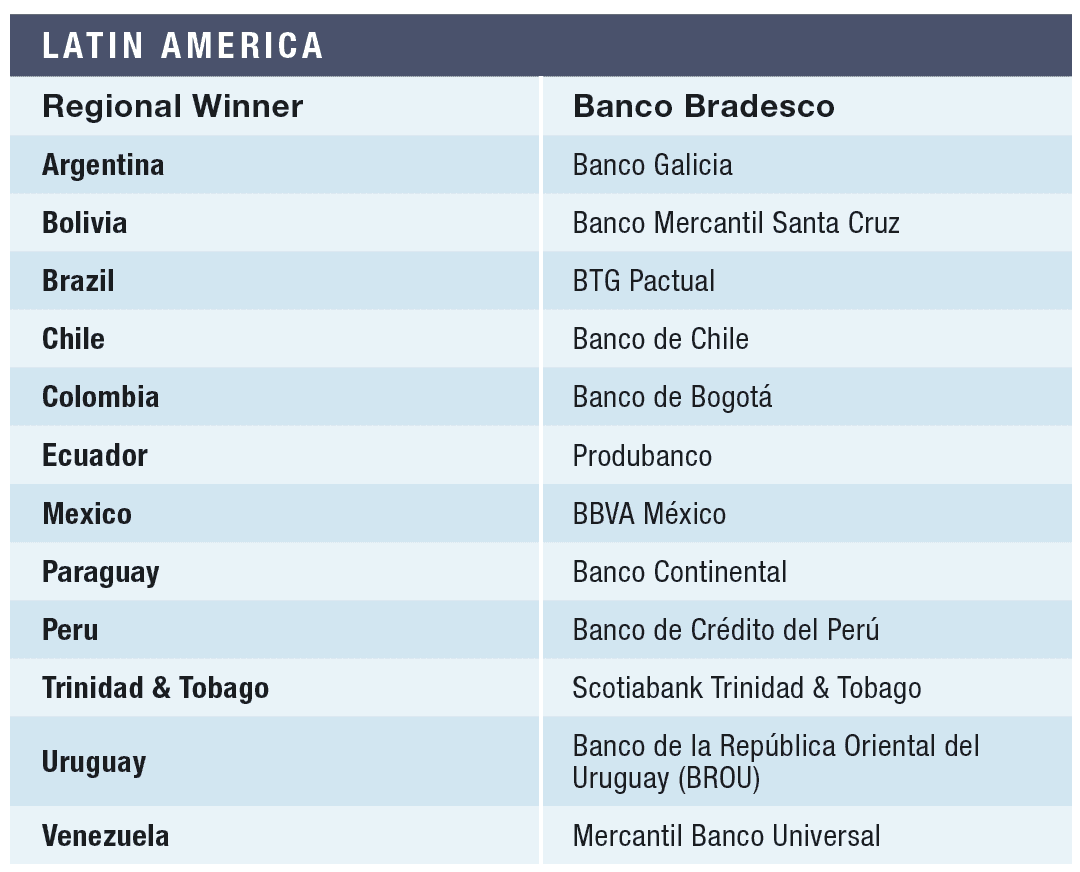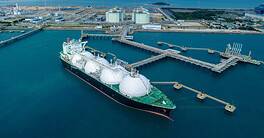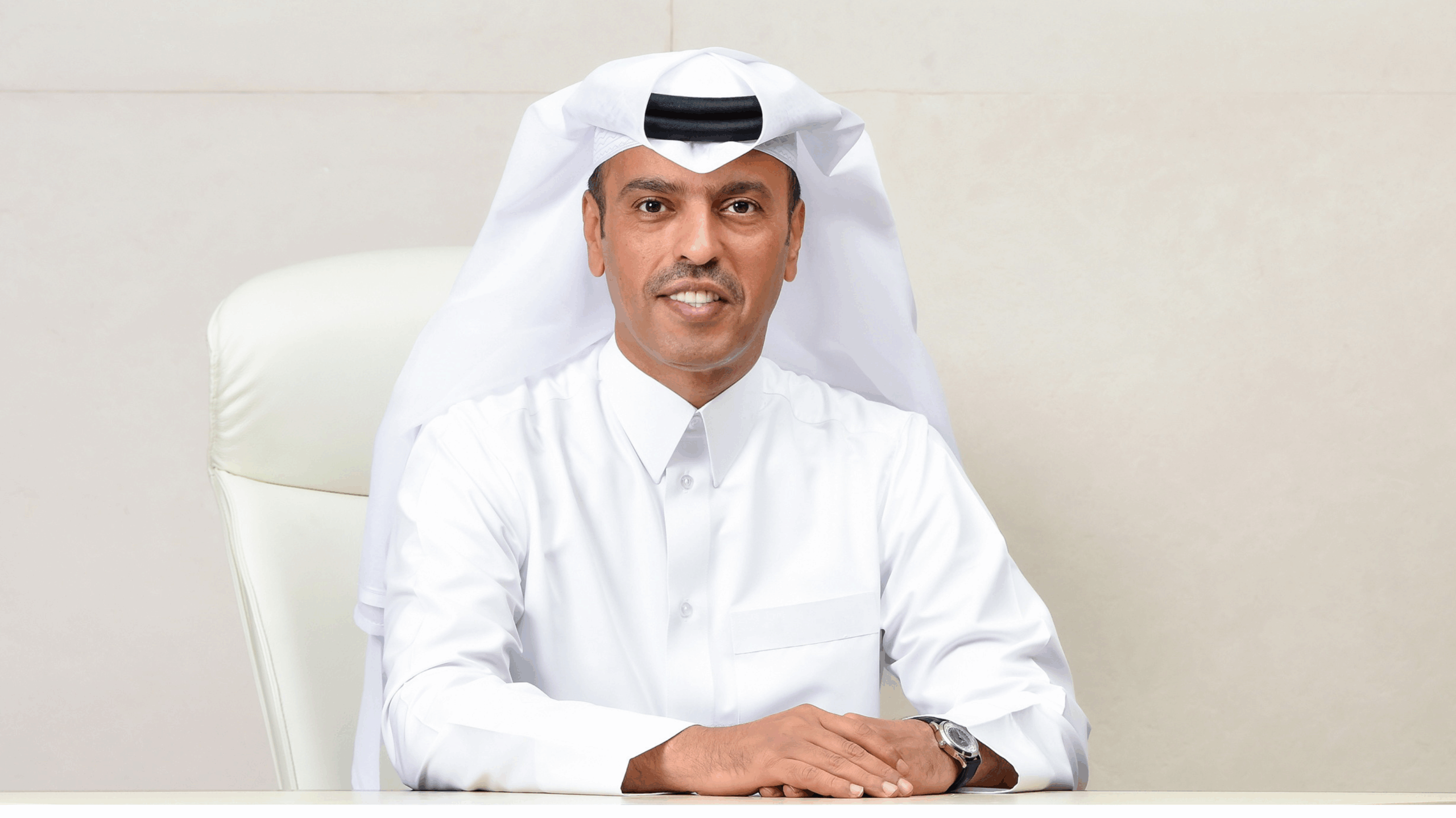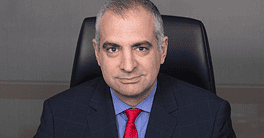Excess liquidity acts as a double-edged sword.
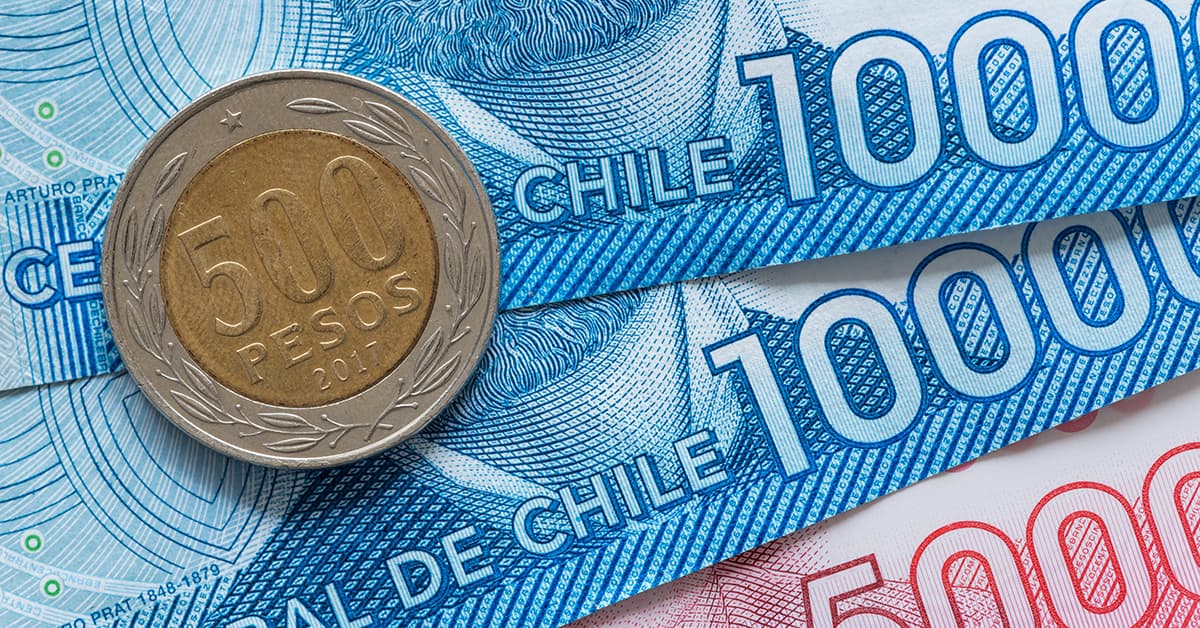
Governments and central banks worldwide joined forces in 2021 to tackle Covid’s impact, flooding the global economy with an unprecedented $175 trillion in liquidity—twice global GDP, according to the Bank of International Settlements.
While these figures propelled record economic activity, excess liquidity also contributed to rising global inflation and constrained supply chains.
In Latin America, capital markets soared as central banks devalued currencies in the first half of the year, while rising interest rates and inflation propelled a swift move to fixed-income markets in the second half. The shifting macro trend also profoundly impacted the region’s credit market, as cash-rich banks raised offerings in the first half of the year and loan profitability in the second. Credit should resume expansion in the region in 2022, despite growing political and economic risks, according to Fitch Ratings.
Fintechs continued to gain market share in 2021, deepening the prior year’s trend. However, big banks fought back, accelerating investment in digitalization and diversifying their integrated service portfolios, mainly through the acquisition of smaller companies. The region also saw a record year for debt issuance linked to environmental, social and governance (ESG) factors.
Global Finance’s 2022 World’s Best Banks in Latin America rewards financial institutions that displayed the ability to stay ahead of the shifting macroeconomic backdrop, providing their clients with competitive advantages in a challenging yet rewarding year.
Regional Leader
Our Best Bank in Latin America, Bradesco, displayed excellence in the region’s main market trends, combining long-recognized market knowledge with a future vision to guide its clients through the uncharted waters of a fast-changing global economy.
“Global Finance’s recognition of Bradesco as the Best Bank in Latin America encourages us to proceed firmly in our mission of helping people and businesses achieve a better future—whether through credit, financial consulting, or investment products. This has been a pillar of our business commitment throughout all 79 years of our history,” says Octavio de Lazari Jr., CEO of Bradesco.
According to data from Economatica, large Brazilian banks recorded a 20.9% jump in profitability for the year, mainly propelled by a combination of massive liquidity and soaring interest rates.
In that competitive environment, Bradesco was able to display significant advantages. The bank’s recurring net income reached $5.6 billion for the period, a 36.8% year-on-year jump, surpassing pre-pandemic figures. As the region’s rising interest rates increased loan margins, the bank expanded its loan portfolio to $164.5 billion. Bradesco’s total assets grew 4.3%, amounting to roughly $374 million, while shareholders’ equity reached 148 billion Brazilian reals ($33.2 billion), ending the period with an return on average equity (ROAE) of 18.3%.
Bradesco was also a leader in digitalization among its peers. The Central Bank of Brazil calculates that the widespread usage of its digital payment system, Pix, took $570 million from the country’s banking sector in the year. Bradesco was the first in the region to incorporate Pix in its credit system, securing substantial revenue from digital channels. As a result, Bradesco’s digital loan volume grew by 56% for individuals and 6% for companies on a yearly basis. Furthermore, the bank currently holds 98% of its digital transactions through mobile, internet, self-service, and contact center.
The acquisition of digital bank Digio, completed in November 2021, and the release of its investment digital wallet, Bitz, in December further display the bank’s growing ambitions in the sector. And Bradesco excelled in ESG. In May 2021, the Brazilian-based giant decided it would direct roughly $50 billion to assets, sectors and activities with socio-environmental benefits by 2025.
Our winner for the Brazilian domestic market, BTG Pactual, also displayed outstanding success in adapting its operations to the fast-paced scenario of 2021. Latin America’s largest investment bank recorded revenue of nearly $2.96 billion for the year, up 49% year-on-year. Net profits jumped an outstanding 60% for the year, totaling $1.48 billion. “We ended 2021 with record revenue and net profit, and with strong growth in all our client franchises,” notes Roberto Sallouti, CEO at BTG Pactual.
The main ingredient behind BTG’s record-breaking year was its leadership in the region’s investment banking industry. With global liquidity at an all-time high, the bank saw a 74% jump in the sector, mainly propelled by record risk-on investments, such as mergers and acquisitions (M&A) as well as equities. The bank also deepened its participation in Wealth Management & Consumer Banking, with proceeds jumping 66% from 2020. The bank also saw a fast 63% year over year recovery in loan revenue, mostly propelled by a strong fourth quarter.
BTG also took part in the region’s record M&A activity as an active buyer. Like Bradesco, the bank moved heavily into fintech with several acquisitions, such as purchasing Brazilian-based digital brokers Empiricus, Vitreo and Elite Corretora.
Large Economies
The economic backdrop was particularly tough for Argentina in 2021, with the peso losing 14.7% of its value against the dollar for the year and inflation hovering over the 50% line. In this challenging environment, the nation’s largest private bank, Banco Galicia, maintained its profitability in local currency.
The bank secured our award as Best Bank in Argentina through a marvelous fourth-quarter performance, when it pulled off a 105% jump in net profits from the same period in 2020. Figures were mainly driven by the bank’s investment sector, which saw commodity-related profits skyrocket. Its Fintech division, meanwhile, recorded a 128% year-on-year increase.
In Mexico, our winner, BBVA México, also reaped the fruits of heavy investments in technology. The Latin American giant grew its sales through digital channels from 64% in 2020 to 70% in 2021. Currently, the bank has 15.1 million mobile customers, approximately 60% of its total customer. Furthermore, the bank processes 88% of its transactions through digital means.
Yet, the main secret behind BBVA’s success was its outstanding return on equity (ROE), which amounted to 22.2% for the year, largely surpassing its home base market average of 14.3%. The bank’s loan performance also saw a substantial 6.6% increase from the previous year.
As the Chilean economy recovered faster than most of its peers in the region, Banco de Chile maintained outstanding net and comprehensive income margins compared to the competition. The biggest bank in the country also recorded the country’s lowest delinquency ratio, a key milestone in high-inflation times. The Best Bank in Chile also deserves an honorable mention for its best-in-breed ESG division.
The winner for Colombia, Banco de Bogotá, also excelled in the ESG spectrum, being recognized in the S&P Global Sustainability Yearbook as one of the world’s top 8% banks with best sustainability practices. The bank’s consolidated assets and the loan portfolio grew 2.1% and 4.1% on an annual basis, reaching $58.8 and $39.2 million, respectively.
Developing Economies
Banco Mercantil Santa Cruz takes the award for the Best Bank in Bolivia for combining a long-term commitment to its country’s economy with substantial market growth. In 2021, the bank reached a market share of 14.04% in total assets and 15.09% in deposits, the largest in the country.
Produbanco takes our award in Ecuador for its outstanding investment in digitalization. Following the broader continental trend, the bank saw a 110% jump in its app users for the year. Furthermore, the bank also recorded a 42% increase in digital transactions year-on-year in 2021. The bank also maintained its best-in-class debt rating secure through the year’s volatile environment. The bank currently has an AA+ risk rating by BankWatch Ratings and a AAA rating by PCR Pacific Credit Rating.
In Peru, Banco de Credito del Peru received the honor as Best Bank of the year for securing its secular leadership through its diversified service portfolio and stable debt rating.
Banco Continental claimed the Best Bank award in Paraguay by securing 15.3% of the banking system loans with a stable non-performing loan (NPL) ratio. The bank’s secret lies in its business model, which focuses on corporate (72%) and SMEs (24%) lending, maintaining a low retail portfolio. Furthermore, Banco Continental also holds some of the best debt ratings in the country, according to Fitch Ratings.
In Uruguay, Banco de La Republica, takes the award for providing significant competitive advantages for its clients through strategic governmental partnerships. As the Uruguayan economy struggled to recover from the Covid-19 pandemic, La Republica prolonged payment deadlines and lowered interest rates for active loans, allowing companies affected by the coronavirus crisis to survive through the challenging environment.
In Venezuela, soaring inflation and a devaluating currency continued to ravish the economy. However, as global energy prices jumped, many opportunities arose in the country. The local winner, Mercantil Banco Universal, took advantage of the changing environment to grow its market share in the country from 18% to 21%. The bank also took the country’s leadership by investing heavily in digitalization.
